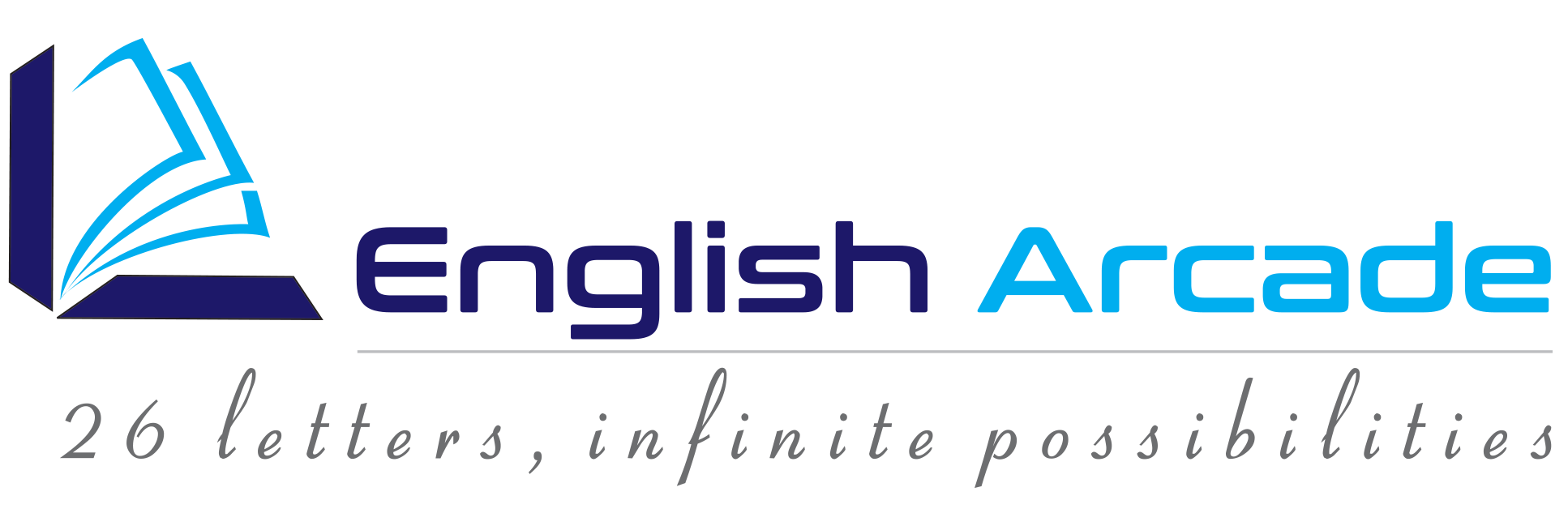Navigating Remote Training: Strategies for Engaging Virtual Learners
In today’s rapidly evolving landscape of education and professional development, remote training has become one of the cornerstones of learning. Transitioning from traditional, in-person training sessions to virtual classrooms presents many unique challenges as well as opportunities. Keeping virtual learners engaged requires a blend of strategic planning, innovative teaching methods, and a very strong understanding of the digital environment. Through this blog post, we aim to explore effective strategies for engaging remote learners, thus ensuring that your training sessions are as impactful and interactive as possible. Understanding the Virtual Learning Environment Before diving into specific strategies, it’s important that we recognize the fundamental differences between in-person and virtual learning environments. Remote training eliminates the all-important physical presence that builds rapport and maintains attention. The lack of face-to-face interaction often leads to feelings of isolation among learners and makes it difficult for trainers to gauge levels of engagement accurately. However, training via digital platforms offers some unique advantages. Virtual training can be very flexible, allowing learners to access training material and participate in sessions from anywhere in the world. Opportunities for incorporating multimedia elements and interactive tools that enhance learning experiences is another significant advantage. Recognizing these characteristics helps trainers design effective remote training programs. Key Strategies for Engaging Virtual Learners Leverage Interactive Tools – Interactive tools are one of the most effective ways to engage learners in a virtual environment. Platforms like Google Meet, Microsoft Teams, and Zoom offer many features such as breakout rooms, chat functions and polls that can facilitate interaction. Here are some ways to use these tools effectively: Polls and Quizzes: Incorporating polls and quizzes from time to time keeps learners engaged and provides instant feedback. These tools can be used to gauge understanding of the material and to keep the sessions dynamic. Breakout Rooms: Small group discussions can mimic the collaborative aspect of in-person training. Breakout rooms encourage participation and can help learners feel more connected. Chat and Q&A: Encourage learners to use the chat function to ask questions and share their thoughts. This helps maintain a two-way communication flow, thus making the session more interactive. Incorporate Multimedia Elements – Monotonous lectures and static slides can quickly lead to disengagement. Multimedia elements such as videos, infographics, and animations can make the content more engaging and easier to understand. These elements also break up the monotony and cater to different learning styles. Videos: Short, relevant videos illustrate concepts more effectively than text alone. They also provide a welcome change of pace and re-engage learners. Infographics: Visual representations of data and relevant processes can make complex information more accessible and memorable. Animations: Key points with animated explanations can make learning more enjoyable and easier to digest. Foster a Sense of Community – Building and maintaining a sense of community among remote learners is crucial for engagement. As long as learners feel connected to each other, and to the trainer, they are more likely to participate actively. Introductions and Icebreakers: Start sessions with lively introductions or small icebreaker activities. This creates a more relaxed and friendly atmosphere. Discussion Forums: Create relevant online discussion forums where learners can continue conversations outside of the training sessions. This facilitates peer learning and fosters a sense of belonging. Regular Check-ins: Regularly check in with learners to provide feedback and address any concerns. Personal interactions tend to make learners feel valued and supported. Use Gamification Techniques – Gamification, simply put, involves incorporating game elements into non-game contexts. This makes learning more engaging and fun. Game elements or techniques such as point systems, leaderboards, and badges can motivate learners to participate and complete tasks. Points and Rewards: Award trainees with points for participation, completing assignments, or performing well in quizzes. Offer rewards or recognition for high scorers. Challenges and Competitions: Challenges or competitions encourage learners to apply their knowledge and skills. This can foster a healthy competitive spirit and increase engagement. Badges and Certificates: Badges or certificates can be awarded for achieving specific targets or milestones. This serves as a tangible recognition of their efforts and progress. Personalize the Learning Experience – Personalization significantly enhances engagement by making the learning experience more relevant and tailored to individual needs. Consider the following approaches: Adaptive Learning Paths: Deploy adaptive learning technologies that adjust the content and pace based on the learner’s performance and preferences. Individual Feedback: Provide personalized feedback on assignments and participation. Highlight strengths and offer appropriate suggestions for improvement. Flexible Learning Options: Allow learners to choose options that best suit their schedules and learning preferences. Also, offer various formats and times for accessing the training materials. Encourage Active Participation – Active participation is paramount to maintaining engagement. Encourage learners to play active roles in their learning process through various methods: Interactive Activities: Incorporate activities such as case studies, role-plays, and simulations. These make learning more practical, interactive, and hands-on. Group Projects: Assign group projects that require quite a bit of collaboration and problem-solving. This enhances learning through peer interaction and teamwork. Reflection and Discussion: Encourage learners to reflect on what they’ve learned and discuss how it applies in real-life contexts. This can deepen their understanding and retention of the material. Utilize Data and Analytics – Data and relevant analytics can provide valuable insights into learner engagement and progress. Use these tools to monitor participation, identify areas where learners may be struggling, and adjust your approach accordingly. Engagement Metrics: Track metrics such as attendance, completion rates, and participation in activities. Use this data to identify trends and make data-driven decisions. Feedback Surveys: Regularly collect feedback from learners through surveys. Analyze and use these inputs to improve the training sessions and address any issues. Performance Analytics: Analyze performance data to identify strengths and weaknesses in the learners’ understanding. This can help you in providing targeted support and resources. Conclusion – The implementation and navigation of remote training requires a thoughtful and strategic approach to engage learners effectively. Using all of the above tips
Navigating Remote Training: Strategies for Engaging Virtual Learners Read More »



